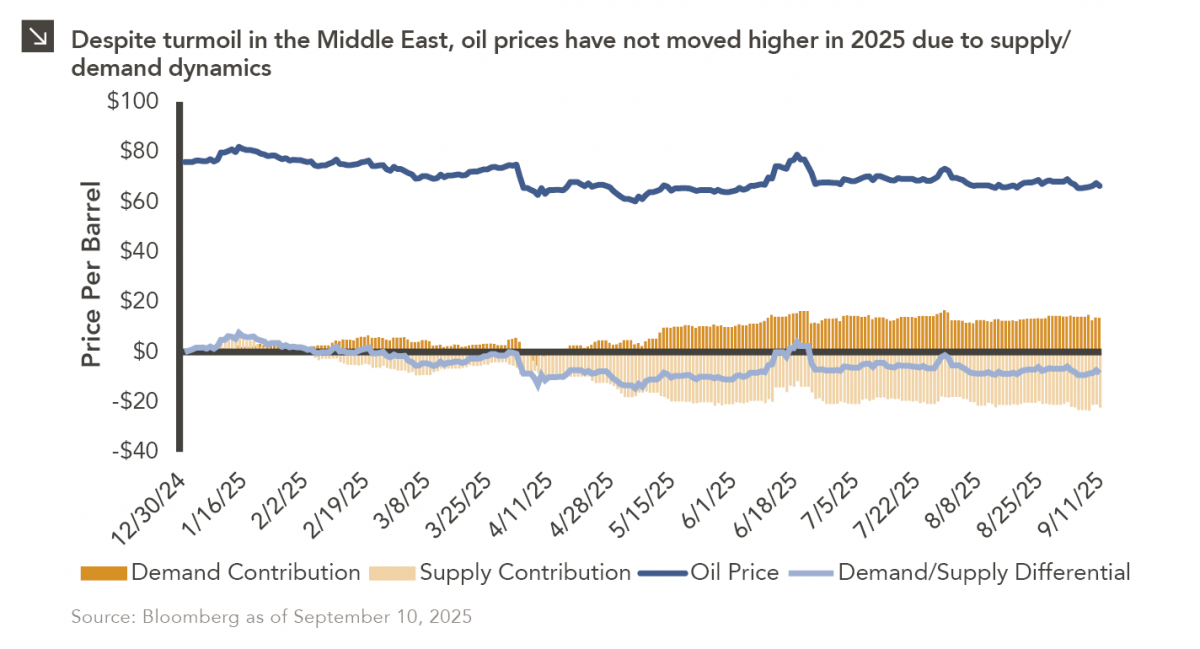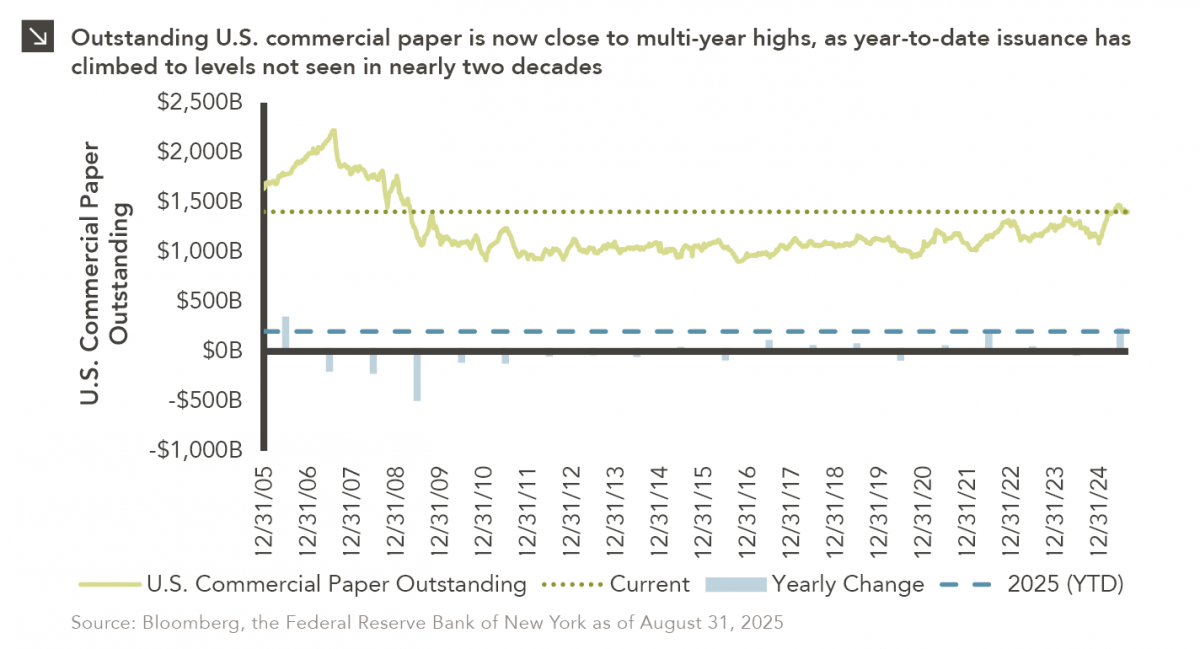10.03.2025
2025 Investment Symposium
Watch the flash talks from Marquette’s 2025 Investment Symposium livestream on September 26 in the player below — use the…

This week’s Chart of the Week takes a closer look at the current employment situation compared to pre-recession numbers. Recently, the U.S. hit a new high water mark for the number of private sector employees, though the total amount of workers employed is still behind by approximately 900k jobs when compared to its previous high set in November 2007. Considering that over 8.5 million jobs were lost during the recession, with total employment falling at one point to about 138 million, the economy has come a long way.
However, there are two additional factors that should be taken into account when discussing the improvement in employment. The first is population growth. To achieve the same unemployment rate as November 2007 (4.9%), total employment would need to increase by about 2.5 million to 148.1 million. The second, and much larger factor, is the difference in participation rate, which measures the labor force as a percentage of the total population over 16. Prior to the recession, the participation rate was 66%, and it has been steadily declining since then to 62.8%. To look at it another way, the civilian population has grown by almost 14.5 million people but the labor force has only grown by about 1.5 million. All else being equal, if the participation rate today was 66% unemployment would be at 10.8%. At this level, nearly 10 million jobs would need to be added to reach the pre-recession unemployment rate.
There is much debate whether or not this participation rate is the new norm. The decrease has mainly been attributed to students staying in school longer. If this trend reverses as job prospects improve and tuition costs grow, the participation rate, and in turn the unemployment rate, could increase substantially. On the other hand, as more baby boomers leave the workforce to retire, there will be continued downward pressure on the participation rate. Depending on how these factors are viewed, the condition of employment and the economy can vary greatly.
The opinions expressed herein are those of Marquette Associates, Inc. (“Marquette”), and are subject to change without notice. This material is not financial advice or an offer to purchase or sell any product. Marquette reserves the right to modify its current investment strategies and techniques based on changing market dynamics or client needs.

10.03.2025
Watch the flash talks from Marquette’s 2025 Investment Symposium livestream on September 26 in the player below — use the…

10.01.2025
Please join Marquette’s research team for our 3Q 2025 Market Insights Webinar analyzing the third quarter across the…

09.29.2025
Trifecta status for a state exists when a single political party holds the governor’s seat and a majority in both…

09.22.2025
Barring a significant equity market drawdown in the coming weeks, the current bull market will turn three years old in…

09.15.2025
Earlier this year, Marquette published a Chart of the Week that detailed the muted change in oil…

09.08.2025
Commercial paper is a type of unsecured debt instrument that can be utilized by companies to finance short-term liabilities. The…
Research alerts keep you updated on our latest research publications. Simply enter your contact information, choose the research alerts you would like to receive and click Subscribe. Alerts will be sent as research is published.
We respect your privacy. We will never share or sell your information.
If you have questions or need further information, please contact us directly and we will respond to your inquiry within 24 hours.
Contact Us >